Research Outcomes: Your Dollars at Work
Meet the RED Sparkle Octopus Crusaders & Their Inspiration
by David Gosser, team captain and dad
The RED Sparkle Octopus Crusaders (RSOC) Team honors four children – Nina, Tommy, Amaya, and Kristina – who met in 2005, while in treatment at the Children’s Hospital of the King’s Daughters (CHKD) in Norfolk, Virginia. They started shaving individually in 2005/06 and formed the original team in 2009; this version came together in 2014. Other families affected by childhood cancer and dozens of good friends have joined the team’s efforts over the years. Since inception, the RSOC have raised over $380,000 for the St. Baldrick’s Foundation. They remain fully committed to funding research to create cures, united by the hope that they are helping other kids and families find better outcomes. The team’s name is a combined tribute to the memories of the four Angels.
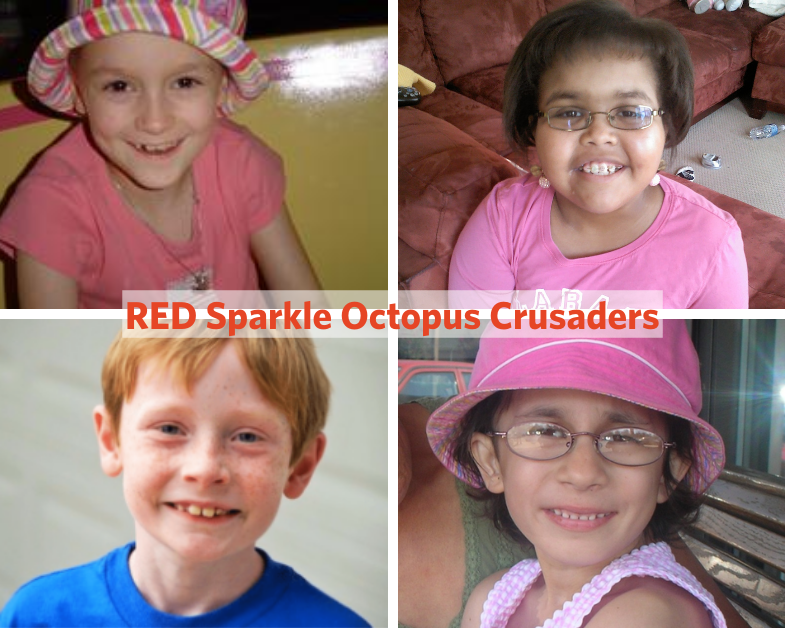
Battle Osteosarcoma Funds $1.35 Million in Research: Honoring Charlotte, Dylan and Tyler
Two years ago, a group of three dedicated moms rallied some dear friends to achieve what seemed like an ambitious goal to support osteosarcoma research. As you’ll see below, they knocked that one out of the park!
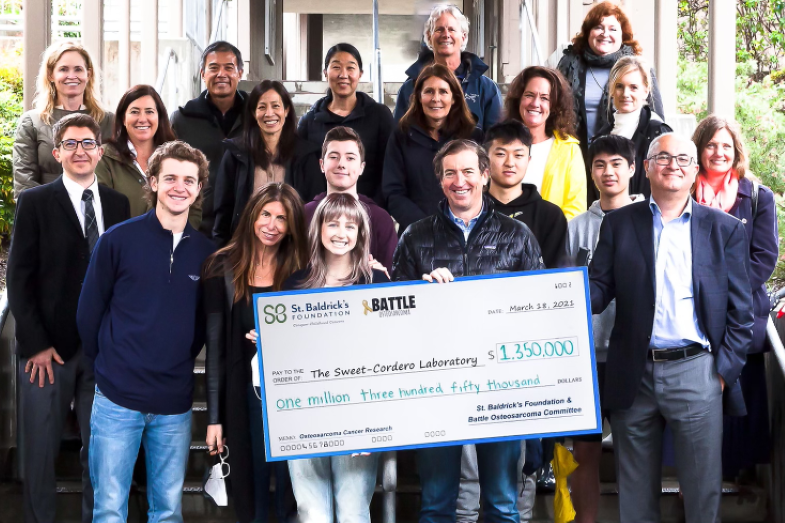 Battle Osteosarcoma volunteers set out to raise $150,000, then raised more than $1.3 million!
Battle Osteosarcoma volunteers set out to raise $150,000, then raised more than $1.3 million!
Discoveries that Shift Paradigms with Dr. Poul Sorensen
Formerly known as the St. Baldrick’s – Stand Up to Cancer Pediatric Cancer Dream Team, this team is now the St. Baldrick’s EPICC Team (Empowering Pediatric Immunotherapies for Childhood Cancer).
St. Baldrick’s is all about shifting paradigms. When three men decided to shave heads at their industry’s March 17, 2000 St. Patrick’s Day party, they didn’t set out to change the landscape of childhood cancer research funding. But today the St. Baldrick’s Foundation is the largest non-government funder of childhood cancer research grants.
Twenty years later, the paradigm shifts keep coming, and Poul Sorensen, MD, PhD has been a part of several of them. Last month we joined some very special guests on a visit to his lab at the University of British Columbia, where he is a Professor of Pathology and holds the Johal Endowed Chair in Childhood Cancer Research.
 Dr. Poul Sorensen (right) with his Co-Principal Investigator, Dr. Mads Daugaard (left).
Dr. Poul Sorensen (right) with his Co-Principal Investigator, Dr. Mads Daugaard (left).
St. Baldrick’s Researcher Uncovers Promising New Compound That Kills Ewing Sarcoma
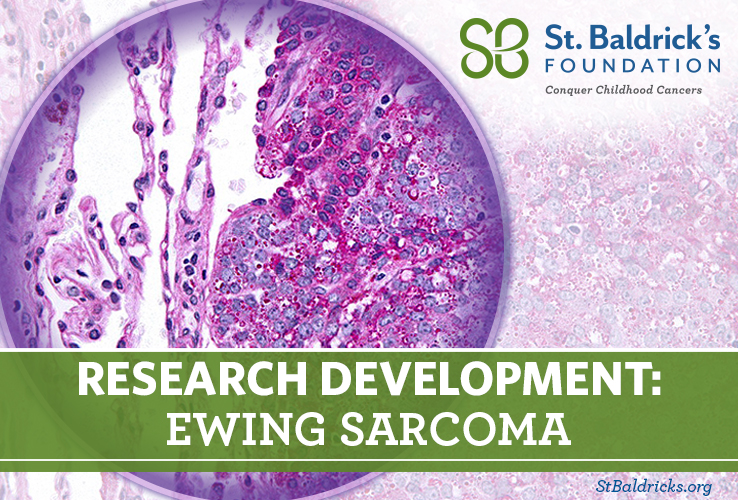
What happens when you give a researcher funding and freedom to follow the science?
Breakthroughs.
Just ask the Robert J. Arceci Innovation Award winner Dr. Kimberly Stegmaier. For her, that powerful combination of funding and freedom led to the discovery of a promising combination of molecules that could change the lives of kids with Ewing sarcoma, the second most common bone cancer found in children.
Happy Birthday, Alyssa’s Leg!
Ambassador Alyssa celebrates two birthdays every year — one for herself, and one for her leg. Today, the anniversary of Alyssa’s first big surgery for childhood cancer, her mom remembers that day and shares how far Alyssa has come.
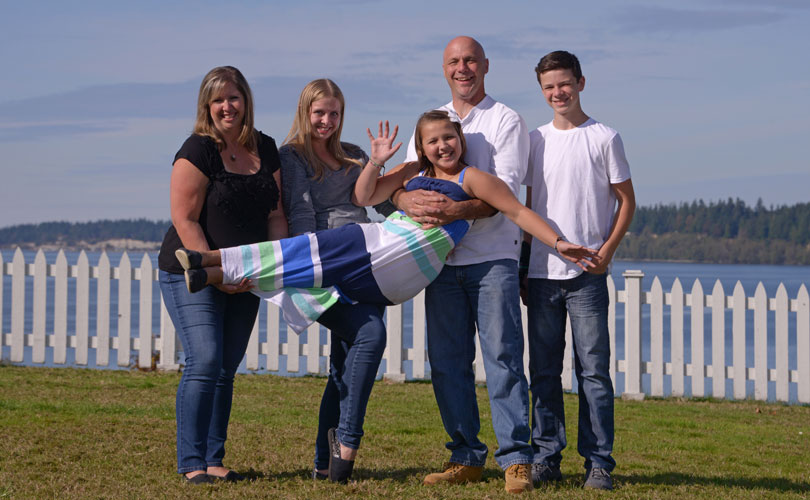
A joyful Alyssa is cradled by (left to right) her mom Michella, sister Kalie, dad Harold, and brother Jacob.
Someone recently asked me why December 16 is hugely significant to us as a family.
It’s the day my 11-year-old daughter Alyssa had a major surgery that changed her life forever.
It’s the day my sweet girl got a new leg.
What Is Proton Therapy?

Dr. Ralph Ermoian is a radiation oncologist and St. Baldrick’s infrastructure grant recipient at the University of Washington. He explains what proton therapy is, how it works, and how this treatment is helping kids and adults with cancer.
What is proton therapy?
Proton therapy is a type of radiation used commonly for children with cancer. Like traditional x-ray radiation, it is used to treat cancers, but proton therapy affects less of the healthy tissue surrounding the tumor.
Meet Alyssa
One morning in the summer of 2013, Alyssa awoke to discover she couldn’t walk. The pain was intense and persistent. What her family thought was growing pains continued beyond that morning and into the next and the next.
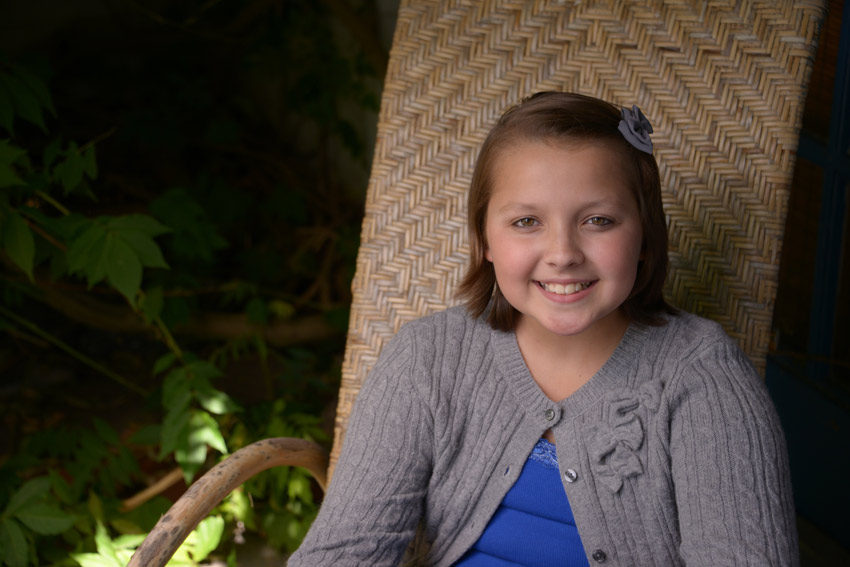
Finding Happiness, No Matter the Journey: Lilly’s Story
September is Childhood Cancer Awareness Month. Do something to help kids with cancer.
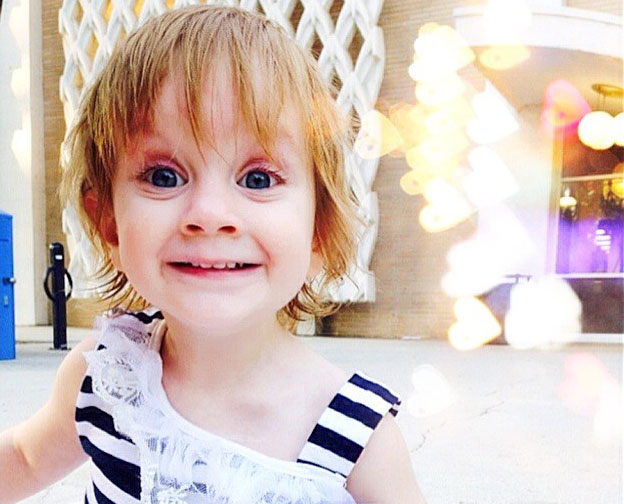
Lilly was born with Ewing sarcoma, a type of childhood cancer.
When Lilly was 6 days old I had noticed a little bump on her upper chest wall. After an x-ray and an ultrasound, the doctors told me it was a birthmark and it was normal for it to get bigger as she grew.
In three months it had grown to the size of a golf ball and was starting to affect her breathing while she slept. I knew then that it wasn’t just a birthmark.
7 Shavees Share Their Shaving Stories [PHOTO ESSAY]
Shave your head for kids with cancer. Be a shavee℠.
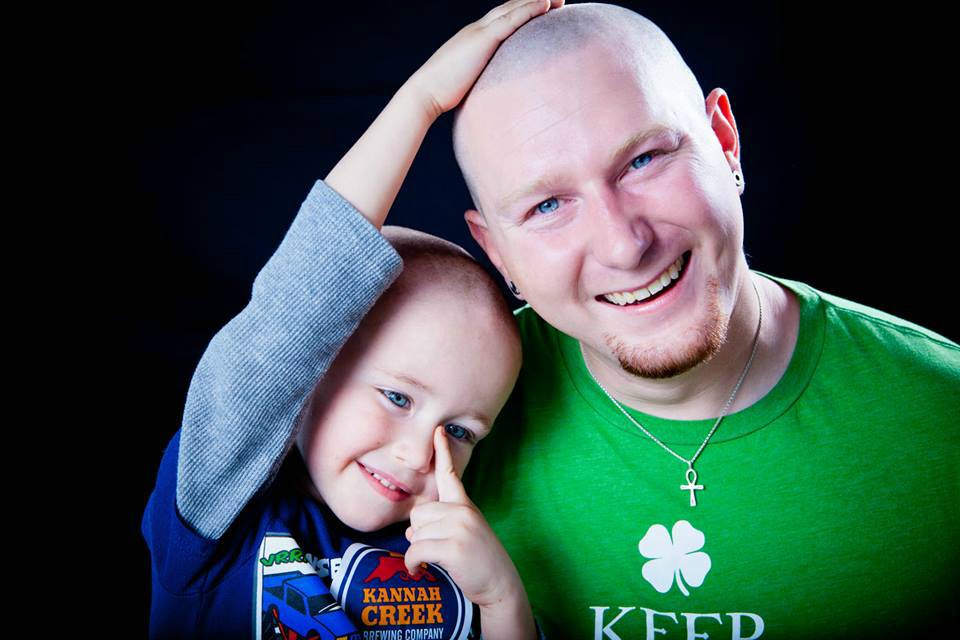
Photos courtesy of Matt Janson Photography. See more of his work at mattjanson.com.
Here at St. Baldrick’s, we have the privilege of seeing a lot of beautiful bald heads. Whether it’s a #baldselfie on Facebook or a collection of inspiring event photos, we know that each naked noggin represents something wonderful: more funds raised for lifesaving childhood cancer research.
At the same time, a head shaved for St. Baldrick’s is a bold symbol that our shavees stand behind kids with cancer, who so often lose their hair during cancer treatment. Shavees let these kids know that they are not alone, that they have a friend in the fight against childhood cancers.
Photographer Matt Janson captured the shavee spirit when he set up a portrait studio at the Grand Junction, Colorado, head-shaving event in June. His second year at the event, Matt said it was the shavees themselves that drew him to St. Baldrick’s for another year.
“I’ve never been a part of any group that’s been able to take something so painful and turn it into a day of love, support, and remembrance,” Matt said. “I can’t even begin to describe how infectiously positive everyone is at the event.”
Here’s a look at a few of Matt’s portraits along with a few words from the shavees about what it means to be a shavee and why they believe childhood cancer research is a cause worth losing hair over.
« Newer PostsOlder Posts »

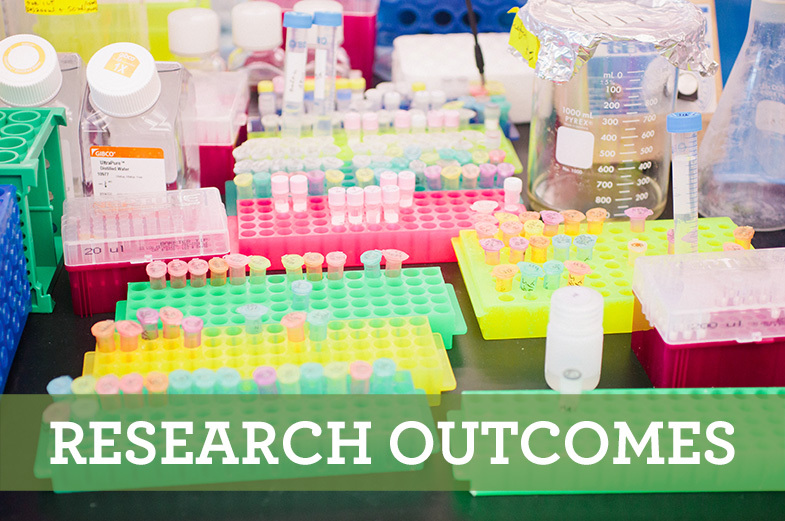
 SBF
Tweets »
SBF
Tweets »